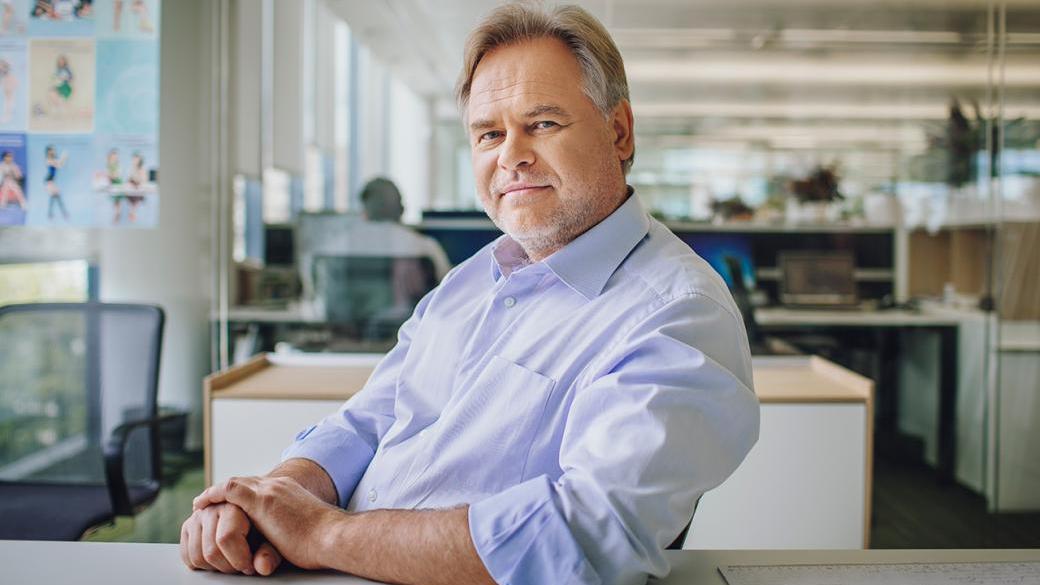

Russia’s “High-Education, Low-Human-Capital Paradox” and Worsening Demographic Decline

Why did “Go Russia!” fail, even before the Ukraine invasion? We explore how Russia squandered its chance at technological competitiveness despite abounding human capital and a long history of leadership in science and technology. Now, with Putin’s invasion of Ukraine, the crippling international economic sanctions it has elicited, and as thousands of highly educated Russians seek to flee their homeland’s disintegrating economy, little remains of the "Go Russia" ambitions to jumpstart Russia’s innovation ecosystem. Skolkovo’s dismal fate reflects the broader issues that have prevented Russia from developing a viable innovation economy. However, by 2015, three years into Vladimir Putin’s return to the Russian presidency, the project had declined, with investment from home and abroad drying up. The establishment of Skolkovo Innovation Center, a 600-acre technology park in the northwestern suburbs of Moscow explicitly styled after California’s Silicon Valley, was the only tangible result from this initiative. Skolkovo initially attracted significant enthusiasm, luring capital from notable global tech firms including Microsoft, Samsung, Cisco, and Boeing, and secured a research partnership with the Massachusetts Institute of Technology. Known as “Go Russia!” these reforms sought to harness the power of innovation and technology to encourage economic growth and diversify the economy. In 2009, as the global financial crisis battered Russia’s fossil fuel-dependent economy, then-Russian President Dmitry Medvedev penned a series of reforms meant to revamp Russia’s economy for the 21 st century.


 0 kommentar(er)
0 kommentar(er)
